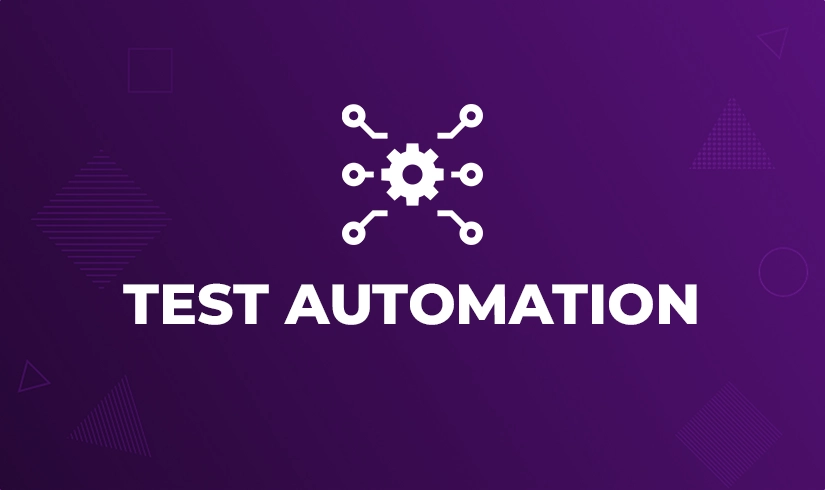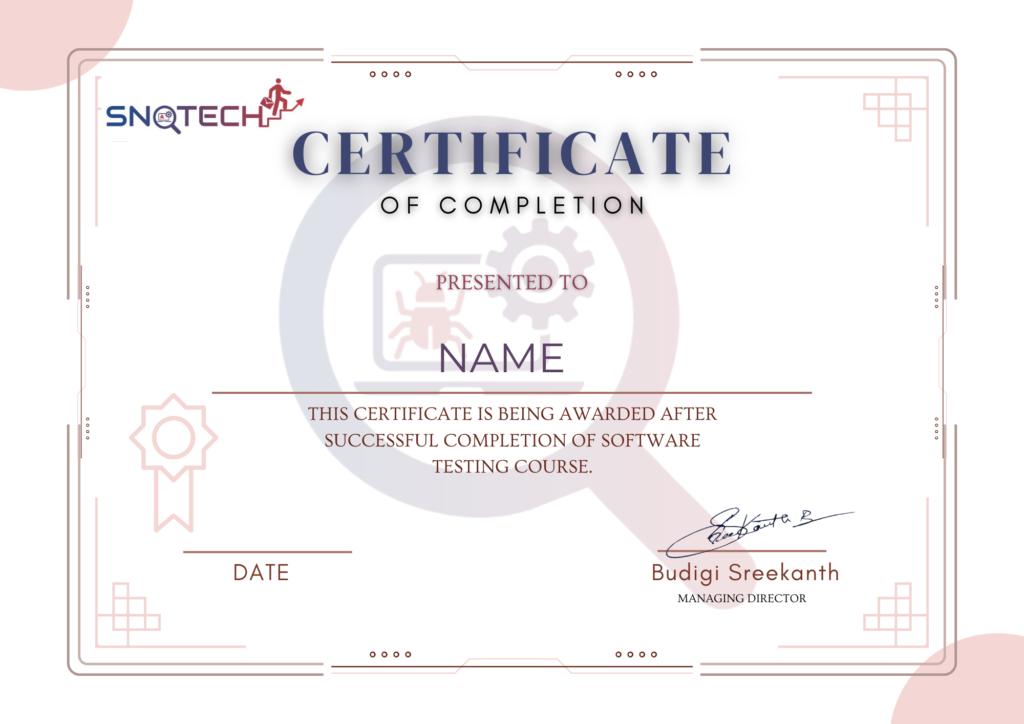Testing Automation Program at SNQTECH
Welcome to SNQTECH’s Automation Testing Program! Our comprehensive course is designed to equip you with the skills and knowledge needed to excel in the field of automation testing. Whether you’re starting your career in IT or looking to enhance your current skill set, this program provides a robust curriculum and hands-on experience guided by industry experts.
- Experienced Mentors
- Dedicated to Success
- Certificate of completion
- Accessible & Supportive




